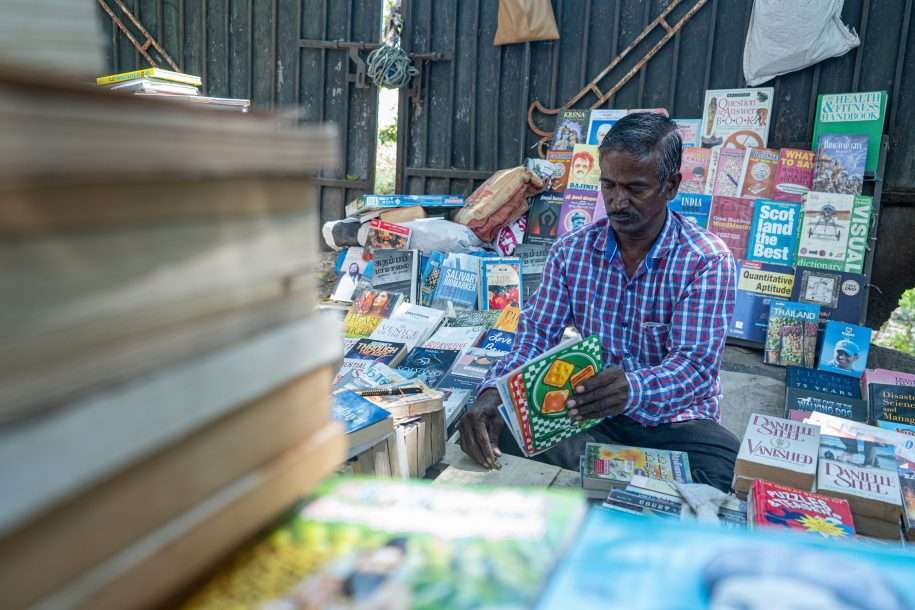- Do Monitors help in increasing savings balances of people? Can they motivate them to meet their desired savings goals?
- What are the characteristics of a good Monitor?
The project fits into the overall context of addressing the financial needs of the poor. While providing microcredit has often been found to be very beneficial, access to formal sources of savings is equally needed and can help the poor immensely. This project focuses on the savings piece.


